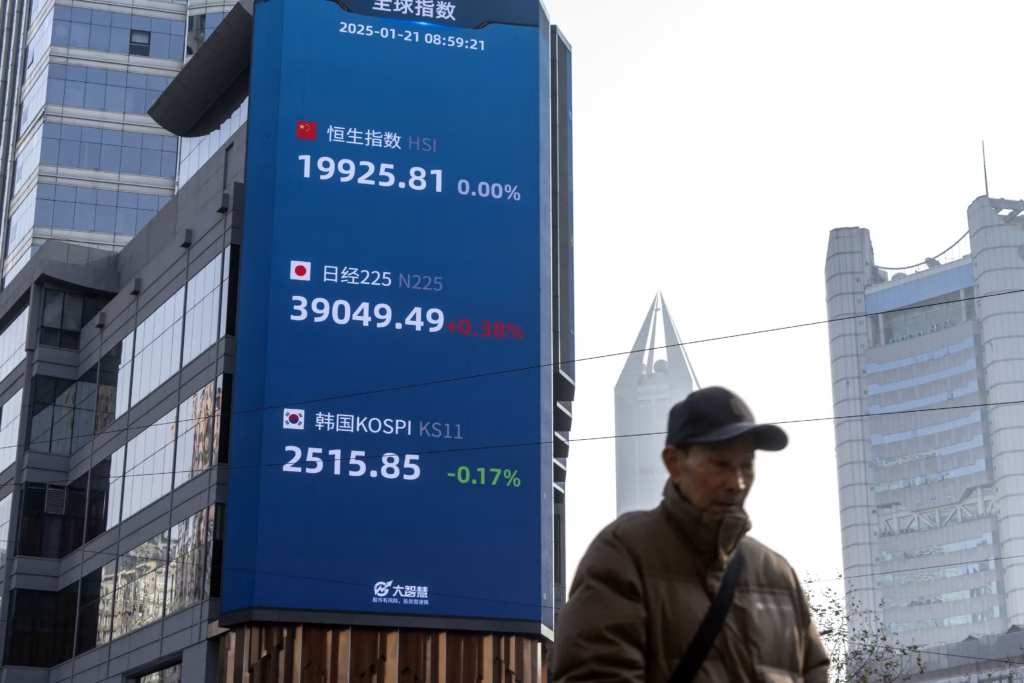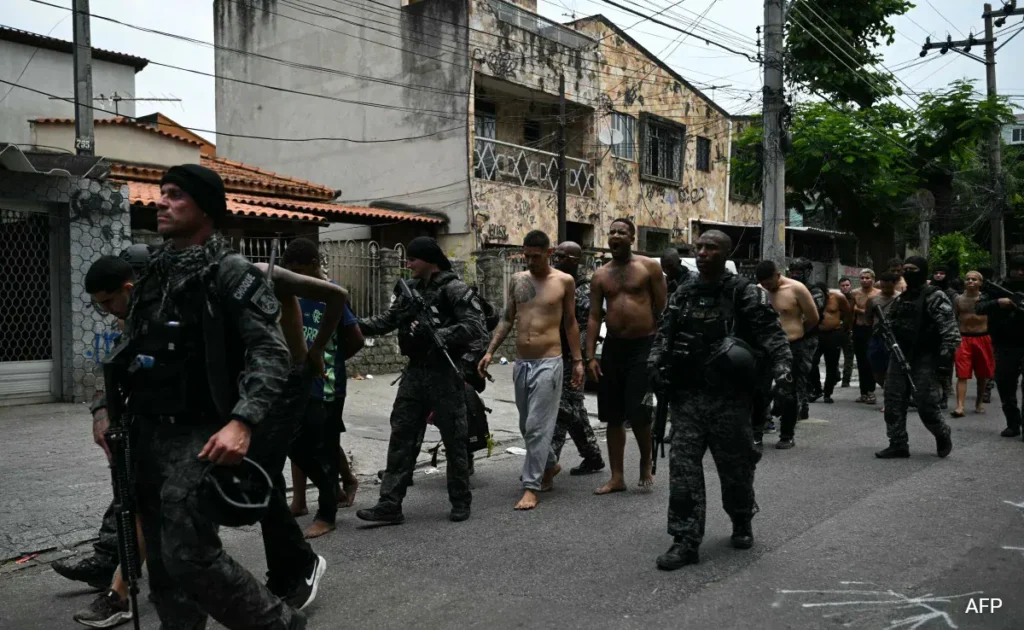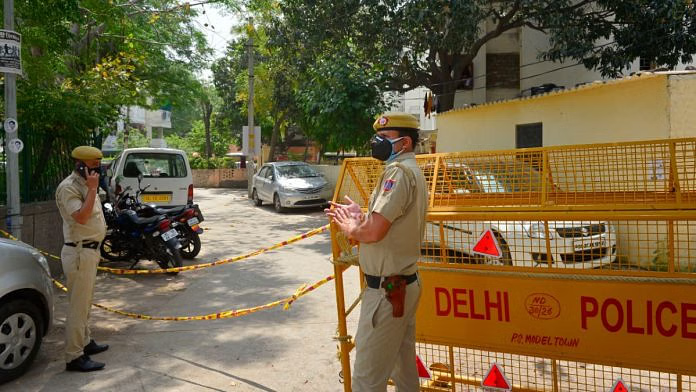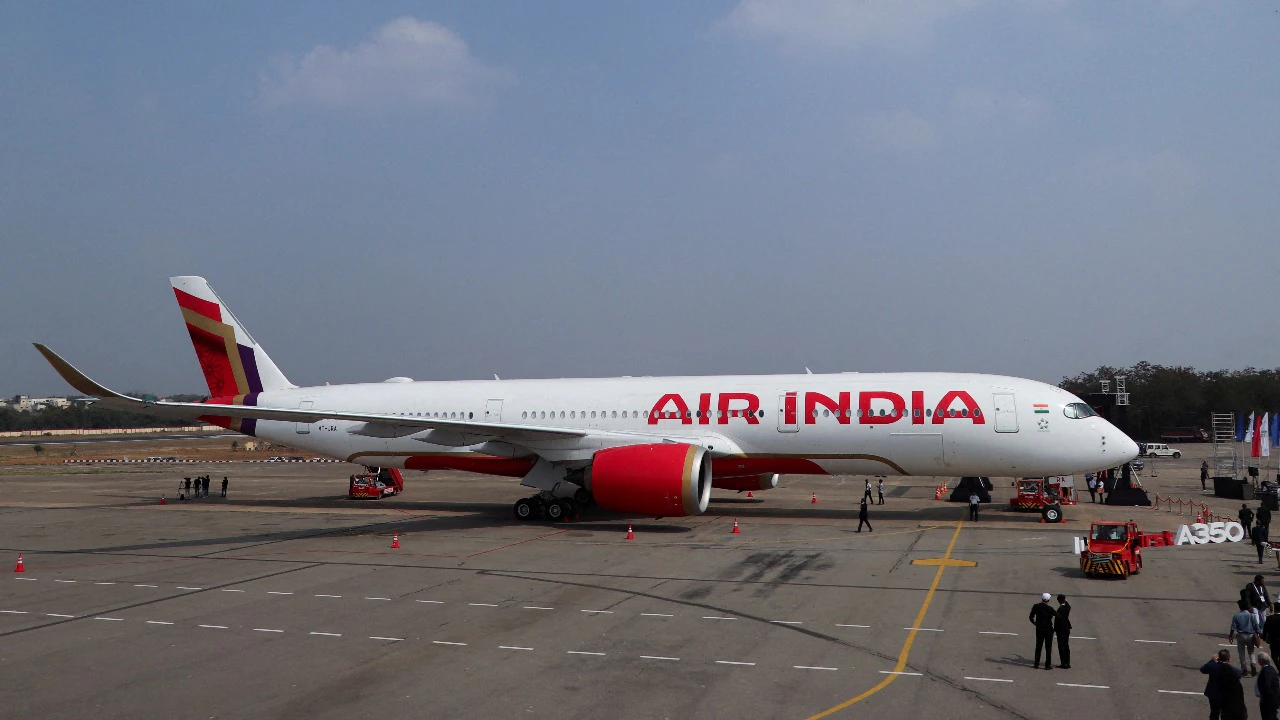Now Reading: 56 Women Rescued from Human Trafficking Attempt on Train in Bengal, Two Arrested
-
01
56 Women Rescued from Human Trafficking Attempt on Train in Bengal, Two Arrested
56 Women Rescued from Human Trafficking Attempt on Train in Bengal, Two Arrested
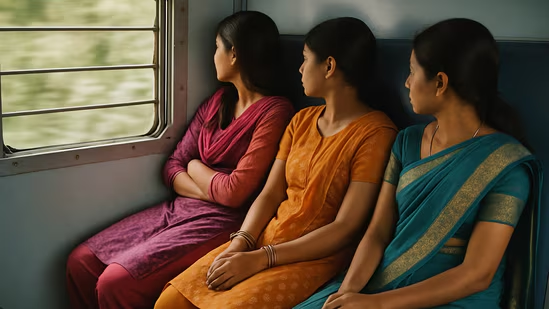
In a major rescue operation, 56 women suspected of being trafficked were saved from a train in West Bengal’s Jalpaiguri district. The women, reportedly being transported without valid documents or clear destination details, were intercepted by railway police following a tip-off. The incident has once again highlighted the scale and urgency of tackling human trafficking networks operating through public transport routes across India.
Rescue Operation on the Train
The rescue took place onboard an express train heading through Jalpaiguri. Acting on specific intelligence, authorities checked multiple coaches and found dozens of women—many appearing anxious and unaware of where they were being taken.
Two individuals accompanying the group were taken into custody on the spot. Officials suspect they were key players in a larger trafficking ring that targets vulnerable women from economically backward areas.
Trafficking via Rail: A Growing Concern
The use of trains for trafficking is not new. Rail routes passing through states like West Bengal, Assam, Jharkhand, and Bihar are frequently misused by traffickers who exploit weak enforcement and lack of surveillance on long-distance journeys.
Women and girls, particularly from rural areas, are lured with false job promises or marriage proposals. Once on board, their control is handed over to handlers at various stops, making detection difficult unless timely intelligence is available.
Relevance to Tier 2 and Smaller Cities
What’s worrying is that many of these rescued women were being trafficked to cities that are neither metros nor major industrial hubs. Smaller urban areas across Uttar Pradesh, Madhya Pradesh, Maharashtra, and Gujarat are increasingly being used as drop-off zones due to lower vigilance and growing demand for cheap labour or illegal services.
Tier 2 cities are often unequipped to deal with these crimes, with limited police training and awareness. This raises the risk that many victims go unnoticed even after reaching their destinations.
Next Steps and Investigation
Authorities are now verifying the identities of all the rescued women and trying to trace their families. Initial statements suggest that many were unaware they were being trafficked. Some believed they were being taken for work in factories or homes.
The arrested suspects are being questioned for links to a broader network. Officials have not ruled out inter-state connections and say further arrests are likely in the coming days.
Conclusion
This rescue is a stark reminder of how deeply rooted and well-organised human trafficking has become, especially along India’s railway routes. It’s not just a law enforcement issue—it’s a social, economic, and infrastructural failure. As India expands its transport and migration networks, cities—big and small—must invest in stronger checks, public awareness, and better coordination to keep such crimes in check.







